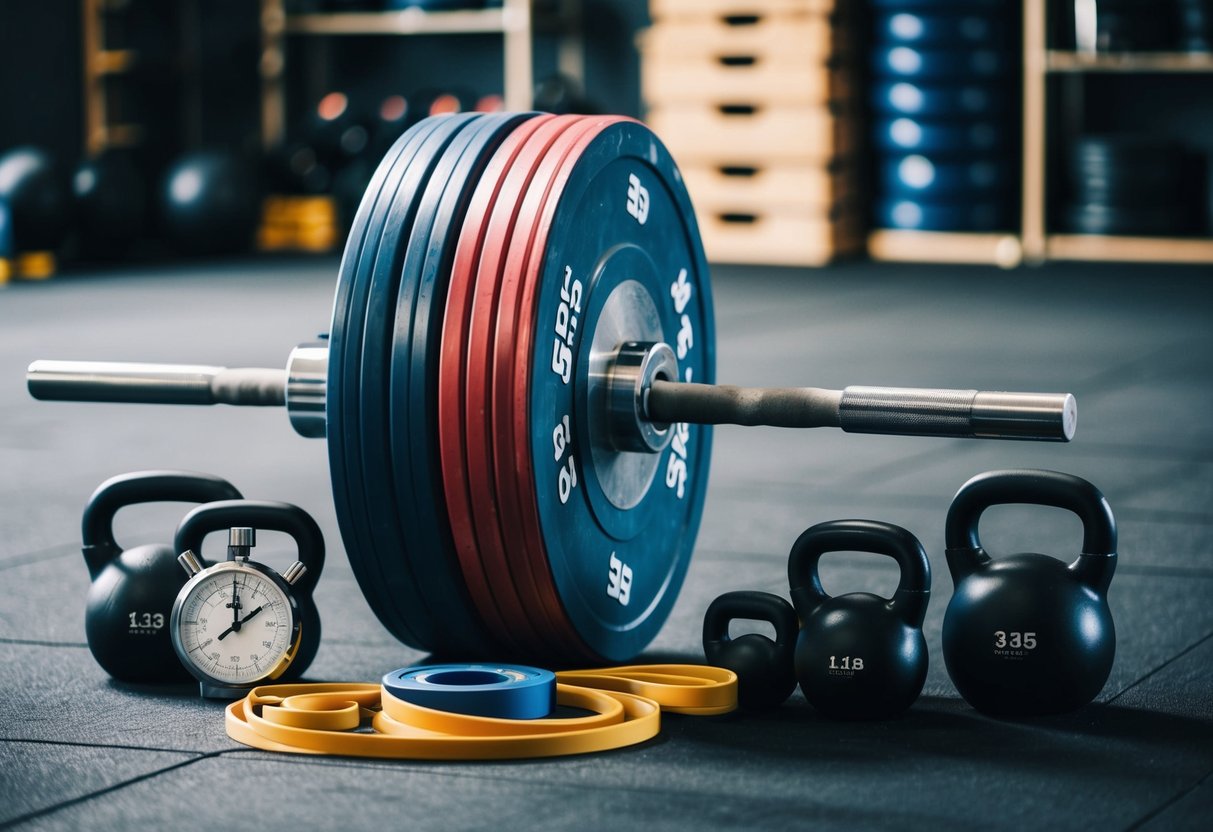
Advanced Exercise Techniques

Incorporating effective exercise techniques can significantly enhance progress and help overcome workout plateaus. Employing strategies like supersets and dropsets alongside eccentric loading can optimize strength training and offer varied challenges.
Utilizing Supersets and Dropsets
Supersets and dropsets are advanced methods that elevate workout intensity. Supersets involve performing two exercises back-to-back without rest, targeting different muscle groups or the same area. This technique increases workout density, maximizes time efficiency, and stimulates muscle growth by keeping muscles under tension for prolonged periods.
Dropsets, on the other hand, focus on a single exercise, reducing the weight after muscle fatigue, and continuing for additional reps. They push muscles beyond their normal limit, enhancing strength and endurance. These techniques require careful exercise selection to avoid overtraining and should be used sparingly to allow ample recovery.
Exploring Eccentric Loading
Eccentric loading emphasizes the lengthening phase of a movement. It uses a greater focus on lowering weights slowly to increase muscle tension and promote hypertrophy. This technique is valuable in improving strength as it allows athletes to handle heavier loads. It also reduces the risk of injury by strengthening tendons and ligaments.
Implementing eccentric loading can be achieved in exercises like squats, deadlifts, and bench presses. Proper form is essential to reap the benefits and minimize risk. Controlled, slow movements enhance muscle adaptation and challenge oneself physically and mentally, pushing beyond previous limits. It’s a powerful strategy when breaking through plateaus and building resilience.
Nutrition and Supplementation
To break through workout plateaus, focusing on proper nutrition and strategic supplementation can make a significant impact. Incorporating the right balance of macronutrients and suitable performance-enhancing supplements supports muscle recovery and performance improvement.
Macronutrients for Muscle Recovery
Macronutrients are critical for aiding muscle recovery and facilitating growth after intense workouts. Protein is essential for repairing and building muscle tissue. Athletes should consume 1.2 to 2.0 grams of protein per kilogram of body weight depending on their level of activity.
Complex carbohydrates provide the necessary energy to replenish glycogen stores. They help sustain energy levels during workouts and are crucial for recovery after exercise. Foods like whole grains, fruits, and vegetables should be included regularly.
Healthy fats, including sources like avocados, nuts, and seeds, support hormone production and overall cellular function. Incorporating a balanced intake of macronutrients is vital for promoting efficient muscle recovery.
Supplements for Performance Enhancement
Supplements can provide additional benefits beyond what is achieved through diet alone. Creatine monohydrate is a well-researched supplement that can enhance strength and power in resistance training. It aids in energy production during short bursts of high-intensity exercise.
Branched-chain amino acids (BCAAs) may reduce muscle soreness and support muscle growth by providing essential amino acids during workouts. Consuming BCAAs can be particularly beneficial when training on an empty stomach or during prolonged exercise sessions.
Additionally, beta-alanine helps buffer acid in muscles, potentially leading to improved muscle endurance during high-intensity activities. While supplements can be advantageous, they should complement a well-rounded diet rather than replace it. Proper use of supplements can lead to noticeable improvements in performance and recovery.



